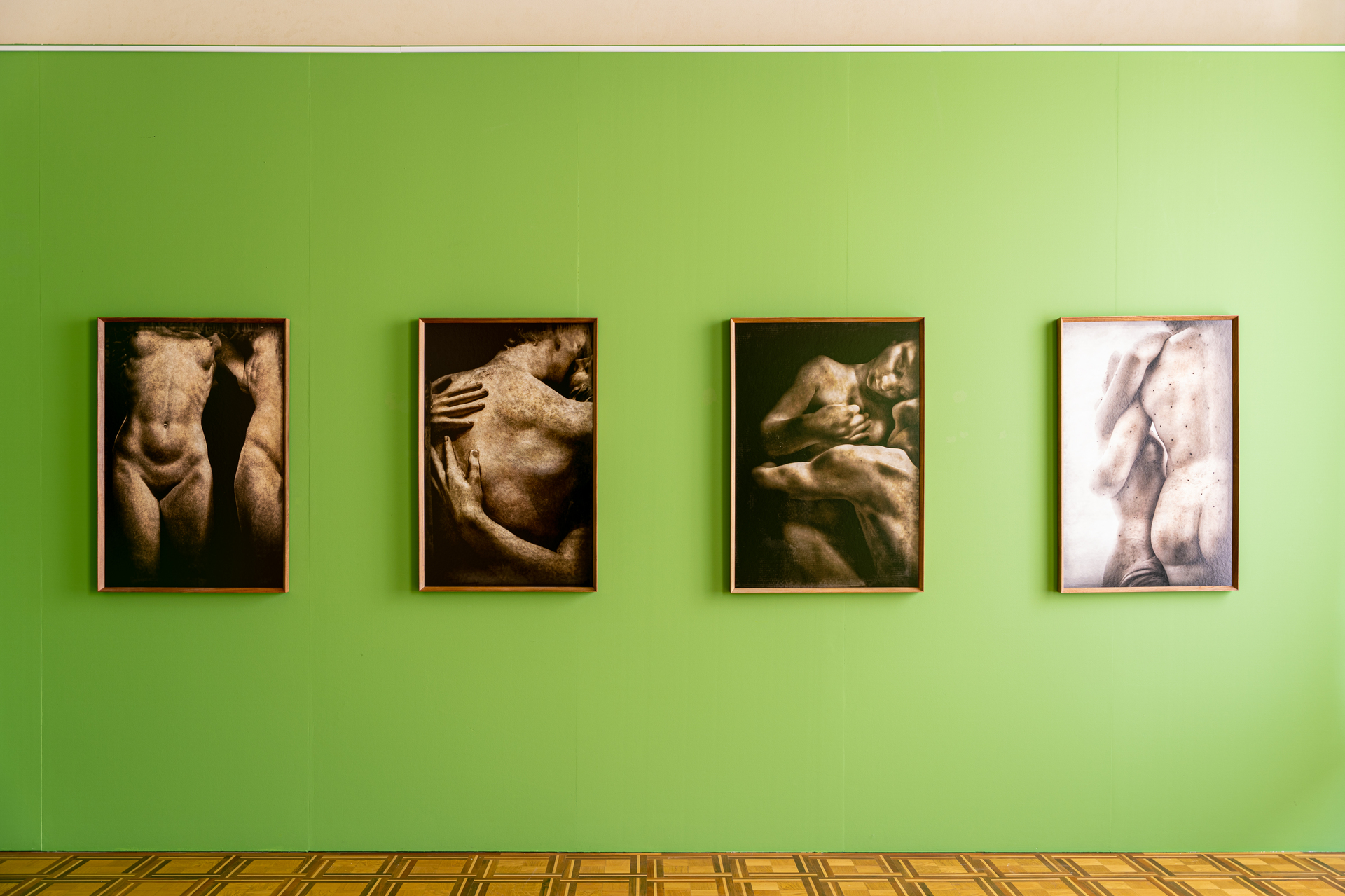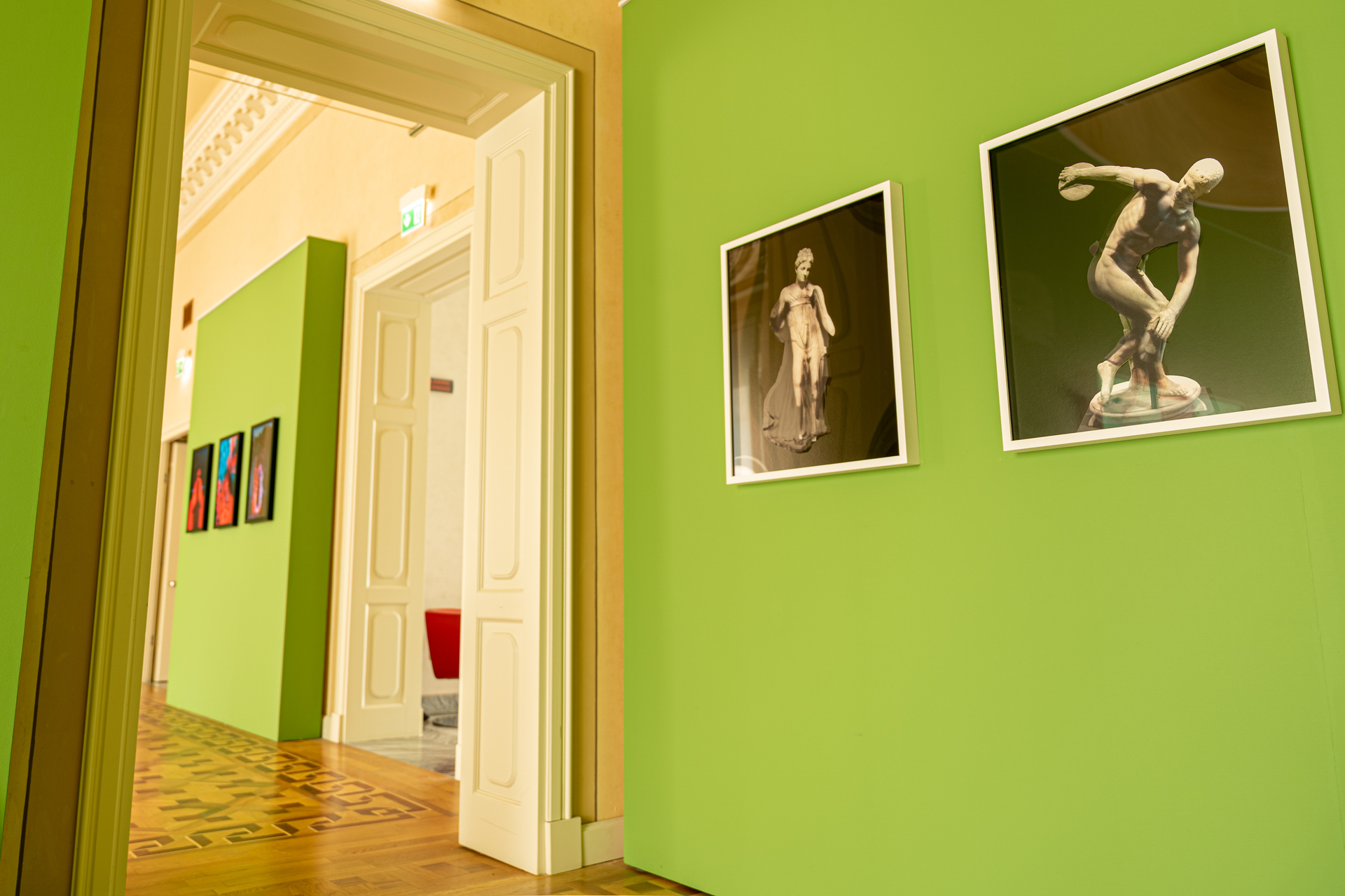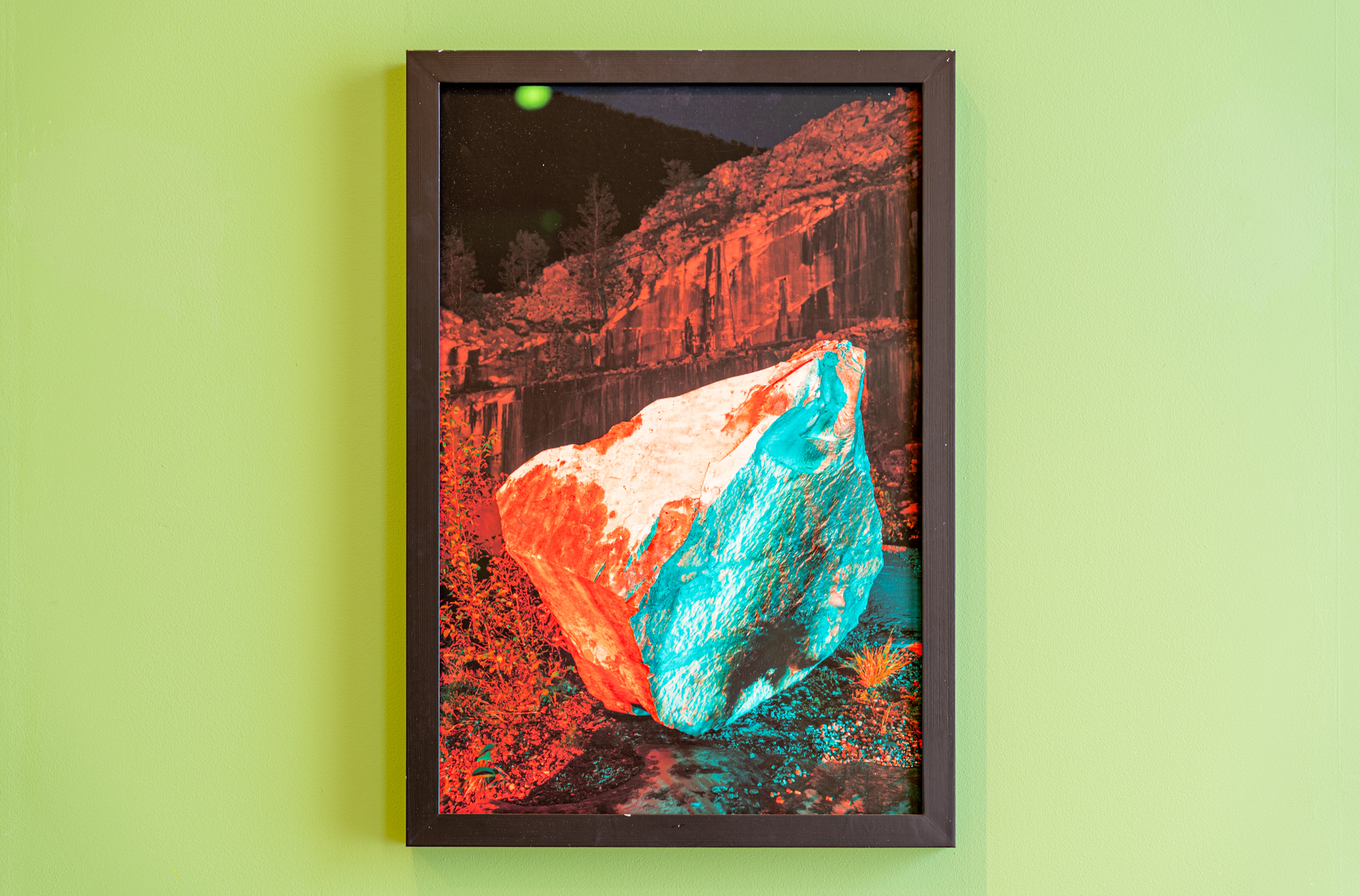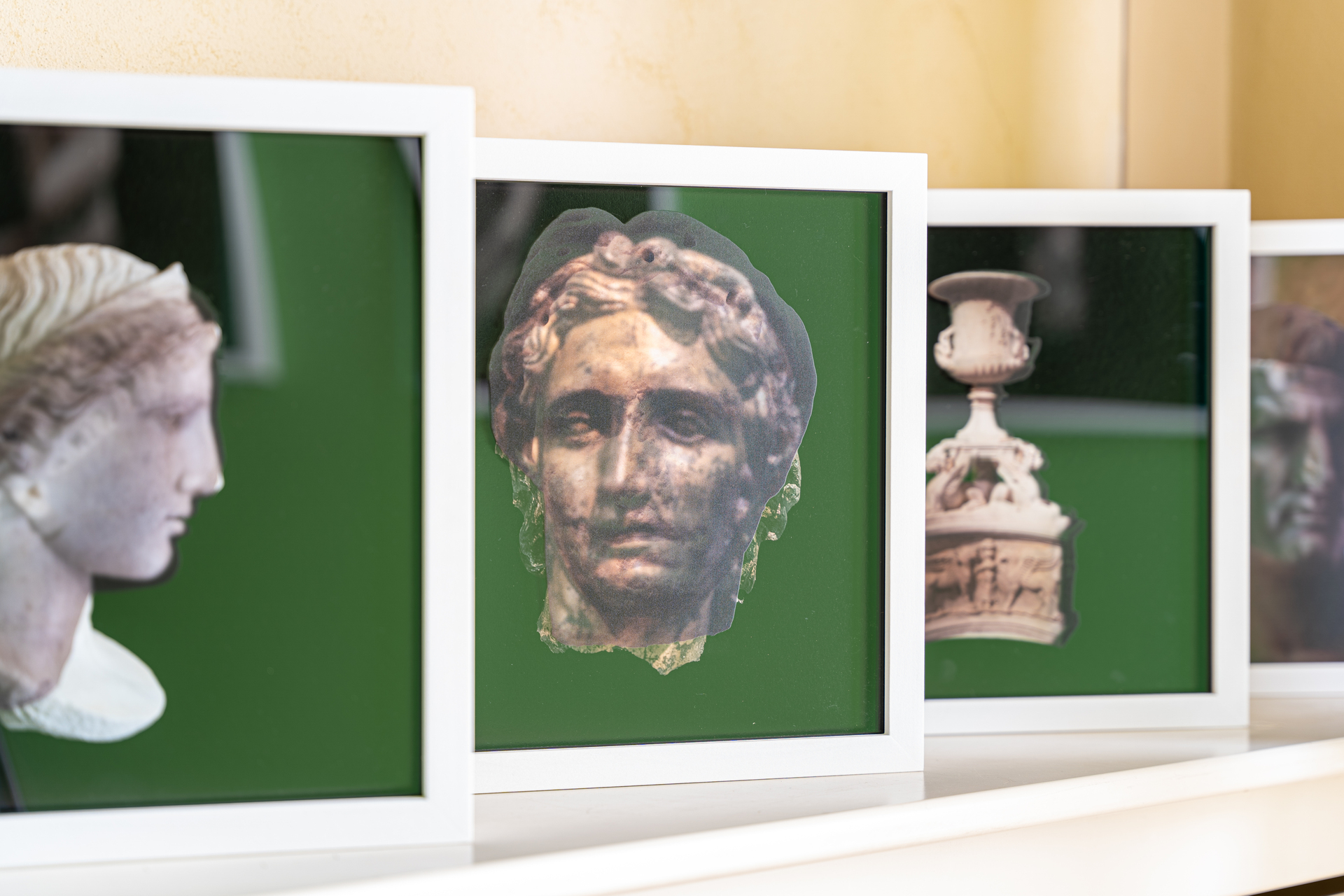Nel contesto di WHITE CARRARA 2023 si presenta una mostra di sei fotografi, in dialogo tra loro sul concetto di scultura, con un video a firma di Andrea Botto.
Sei modi di vedere e raccontare la versatilità di un materiale antico e affascinante come il marmo, sempre vivo e multiforme, attraverso l’interpretazione delle loro ‘visioni plastiche’.
La plasticità nelle arti figurative è la qualità di un’opera di articolarsi nello spazio, in maniera più o meno spiccata. Il termine, in senso reale, è inteso come capacità di dare corpo a una forma tridimensionale, tipica della scultura. In senso illusorio, è inteso come la capacità di ricreare un effetto di rilievo che in pratica non esiste. Tramite vari stratagemmi, in pittura ad esempio con il chiaroscuro o tramite l’oculata variazione degli spessori nei bassorilievi, si può ottenere un senso di plasticità anche con i soli giochi di luci ed ombre che, se osservati frontalmente, danno la sensazione di tridimensionalità. Un esempio tipico è lo stile di Donatello, denominato “stiacciato”.
La fotografia, che disegna per natura con la luce e lavora sulla profondità di campo, non è da meno nell’interpretare questa splendida arte che è la scultura. Possiamo ammirare così immagini di membra e profili di marmo che sembrano invece corpi in carne e ossa, proprio grazie a quei giochi plastici di luce e inquadratura (Bruno Cattani). Vediamo imponenti statue, ricoverate nei magazzini dei musei inglesi e coperte da teli di plastica, simbolo di protezione, ma anche di quell’isolamento fisico ed emotivo che abbiamo subito durante il Covid (Simon Roberts). O ancora, raffinate doppie esposizioni fotografiche sovrapposte di opere antiche, busti o ritratti scultorei nel tentativo di dare visivamente corpo all’“aura”, il valore cioè intrinseco dell’opera d’arte che la rende preziosa in sé, al di là del materiale usato (Carolina Sandretto). Fino a tornare, strano a dirsi per una mostra fotografica, alla fisicità scultorea, in un perfetto bilanciamento tra la bidimensionalità dell’immagine e la tridimensionalità del marmo nelle opere di Dune Varela. Grazie a Giacomo Infantino ci addentriamo invece nel cuore delle Alpi Apuane dove si trovano le cave. Luoghi dal tempo sospeso da cui è estratto il marmo, prima ancora che le sapienti mani dell’artista lo trasformino. A completare questa mostra, un video di Andrea Botto, artista che da circa quindici anni realizza fotografie e video di esplosioni, confrontandosi con i processi di trasformazione della materia e del paesaggio, temi che dialogano in modo potente ed evocativo con l’installazione in legno e cemento di Stefano Canto.
Non solo dunque fotografie intese come semplice documentazione di statue, bensì sei differenti modi di interpretare il tema scultura con diverse visioni plastiche.
In the context of WHITE CARRARA 2023 we present an exhibition of 6 photographers interacting on the concept of sculpture, and a video by Andrea Botto.
Six ways of seeing and reporting the versatility of that ancient, fascinating material which is marble, always alive and multifaceted, via the interpretation of their “plastic visions”.
Plasticity in the figurative arts is the quality of a work to define itself in space in a more or less marked way. The real meaning of the term is understood as the capacity for creating a three-dimensional form typical of sculpture. Its illusory meaning is understood as the ability to create a relief effect which is actually non-existent. With various stratagems, in painting for example using chiaroscuro, or in low-reliefs a precise variation of thicknesses, a sense of plasticity can also be obtained by using just interplays of light and shade which, if observed from the front, give the sensation of three-dimensionality. A typical example is the style of Donatello, known as “stiacciato” (flattened relief).
Photography, which by nature draws with light and works on depth of field, is no less skilful in interpreting the splendid art of sculpture. So we can admire images of members and profiles of marble which seem instead to be bodies in the flesh, thanks to those plastic interplays of light and framing (Bruno Cattani). We see imposing statues, recovered from the deposits of English museums and covered with plastic sheets: a symbol of protection, but also of that physical and emotional isolation which we suffered during Covid (Simon Roberts). Or again, refined superimposed double photographic exposures of ancient works, busts or sculptural portraits which attempt to give visual expression to the “aura”, i.e. the intrinsic value, of a work of art, which makes it precious in itself regardless of the material used (Carolina Sandretto). Then a return (strange for a photographic exhibition) to sculptural physicality, with a perfect balancing of the two-dimensionality of the image and the three-dimensionality of the marble, in the works of Dune Varela. Thanks to Giacomo Infantino, we penetrate the heart of the Apuan Alps where the quarries are. Places where time is suspended and where marble was quarried even before the skilful hands of the artist transformed it. To complete this exhibition, a video by Andrea Botto, an artist who has been photographing and videoing explosions for about 15 years, investigating the processes of transformation of both the material and the landscape, themes in a powerful and evocative dialogue with the installation in wood and concrete by Stefano Canto.
So, not just photographs as simple documentations of statues, but rather six different ways of interpreting the theme of sculpture, with differing plastic visions.
Mostra Ex Ospedale San Giacomo | Visioni Plastiche
dal 21 luglio al 1 ottobre 2023
da mercoledì a domenica 18:00 – 22:00
aperto 14 e 15 agosto
INGRESSO LIBERO
The exibition in former S. Giacomo Hospital| Plastic Visions
from july 21 to october 1, 2023
from wednesday to sunday, 18:00 – 22:00
open on august 14 and 15
FREE ENTRANCE






